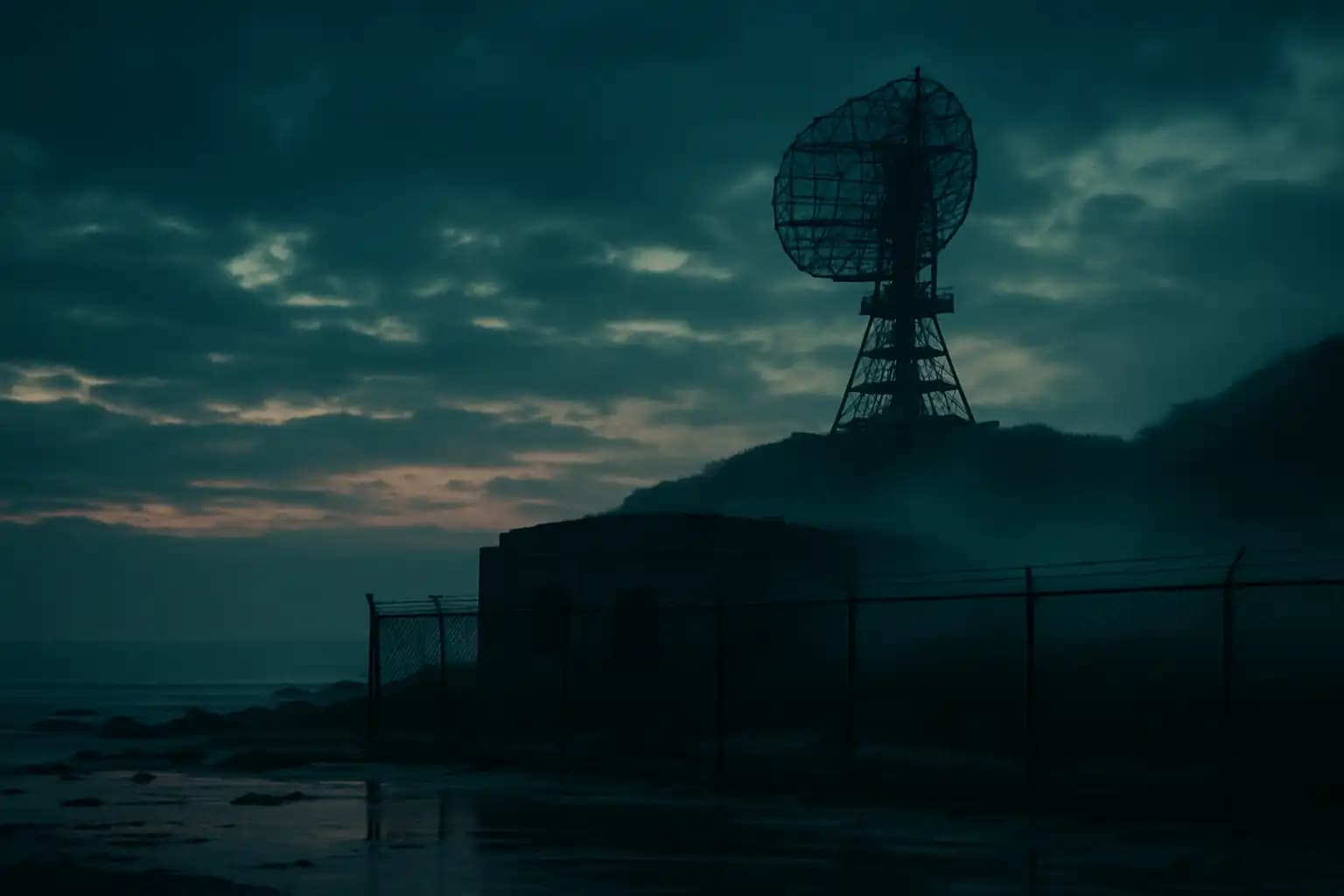NASA announced on Nov. 17, 2025, that it would host a public livestream on Nov. 19 to release a collection of imagery of interstellar comet 3I/ATLAS. These images were collected using Hubble, Mars orbiters, and various Earth-based telescopes. The agency framed the event as a rare chance to see high-resolution views of an object crossing our solar system, discovered on July 1, 2025, by the ATLAS survey (NASA news release, Nov. 17, 2025).
At the same time, solar observers tracked a significant coronal mass ejection (CME) launched from an active sunspot region on Nov. 17–18. Propagation models suggested the resulting plasma and magnetic structure could intersect with 3I/ATLAS around Nov. 22, 2025. Space weather experts warn that while this encounter will not alter the comet’s orbit, it can produce spectacular and informative changes in its tail and coma morphology (Space.com coverage of NASA’s Nov. 19 livestream).
NASA 3I/ATLAS livestream November 19, 2025: what was released and why it matters
NASA’s Nov. 17 announcement specified a 3 p.m. ET livestream on Nov. 19 to share imagery of 3I/ATLAS taken during the comet’s perihelion passage and its close encounter with Mars in October. An image from the Hubble Space Telescope, captured on July 21, 2025, shows a teardrop-shaped dust cocoon surrounding a solid nucleus. Subsequent images from Mars orbiters captured the object’s tail from different angles as the comet passed approximately 18–19 million miles from Mars in October. NASA emphasized the complementary nature of spacecraft and ground telescopes, which allowed near-continuous monitoring across various wavelengths (NASA news release, Nov. 17, 2025).
These images are significant because they help refine the estimate of the nucleus size, quantify dust production rates, and enable researchers to evaluate models of non-gravitational forces—specifically, outgassing plumes that subtly alter the object’s motion. Preliminary analyses indicated the object behaved like an active comet rather than a rigid interstellar rock, displaying a sustained dust coma as it approached perihelion on Oct. 29, 2025.
Coronal mass ejection November 17–18, 2025, and modeled impact on 3I/ATLAS around Nov. 22
Solar observatories reported intense eruptive activity from a rapidly evolving sunspot cluster in mid-November. NOAA’s Space Weather Prediction Center provides the operational explanation: CMEs release billions of tons of magnetized plasma, traveling at speeds between a few hundred to several thousand kilometers per second. Forecasts combine coronagraph observations with heliospheric propagation models to estimate arrival times at specific heliocentric coordinates. When these models align with the comet’s trajectory, they can signal an encounter window, as happened for 3I/ATLAS in late November (NOAA SWPC explainer on CMEs).
Public modelers used coronagraph data and the comet’s trajectory to suggest a possible direct hit near Nov. 22, 2025 (UTC). These projections carry uncertainty: CMEs can deform, interact with the solar wind, and with one another, and even small timing shifts may determine whether the dense ejecta intersects a small target millions of kilometers from Earth. Still, when a CME meets a comet, observers expect rapid ion-tail reconfiguration, possible tail disconnections, and transient brightening from sudden dust release.
Physical effects of CME–comet interactions: tail disconnections, ion spikes, and dust dynamics
Past CME–comet interactions provide a template. In 2007, NASA’s STEREO spacecraft observed Comet Encke undergo a dramatic plasma tail disconnection when a CME’s shock and embedded magnetic field reorganized the comet’s ion environment. This physics involves magnetic reconnection within the comet’s induced magnetosphere and the abrupt detachment of ionized gas that forms the plasma tail. Observers anticipate that 3I/ATLAS will exhibit similar phenomena—rapid changes in the ion tail, altered plasma wave signatures, and possibly brief brightening as magnetic compression strips volatile material from the coma.
Crucially, these interactions typically do not impart substantial momentum to alter the comet’s heliocentric orbit. Despite the dramatic nature of these events, the mass and energy scales indicate that the CME affects plasma and dust behavior more than the overall trajectory. For planetary defense and orbital mechanics, this is reassuring; for comet science, it provides an observational bonanza.
What the combined NASA imagery and a CME hit can reveal about 3I/ATLAS composition and origin
Interstellar objects offer rare insights into other stellar systems; combining remote-sensing data across UV, optical, and infrared wavelengths enables researchers to refine our understanding of volatile compositions, dust size distributions, and nucleus structure. If a CME encounters 3I/ATLAS while telescopes and spacecraft are monitoring, scientists could observe an accelerated sampling of coma material—magnetically driven stripping may expose subsurface ices and trigger different sublimation processes. These signatures help clarify formation scenarios: a refractory, devolatilized interstellar fragment would respond differently than a volatile-rich cometary body.
The extensive data set from NASA, alongside simultaneous ground-based follow-up, will allow teams to perform time-series analyses, comparing pre- and post-CME spectra and high-resolution morphology to test models of interstellar cometary structure and evolution.
Why this matters: scientific payoff, public interest, and misinformation risk
The scientific payoff is evident: a CME-driven disturbance while a comet traverses the inner solar system provides unique, rapid probes of composition and plasma physics. Public interest is heightened as imagery of a comet reacting to a solar storm offers compelling visuals that are easily shareable. However, this same attention can fuel misinformation; past incidents show how symbolic space events can become narrative fodder. Therefore, careful public communication is crucial (a field report analysis on narrative cycles).
Operationally, NASA’s livestream serves dual purposes: it provides vetted scientific products and preempts speculation by allowing scientists to narrate their findings directly. As with previous high-profile disclosures—ranging from network outages impacting geopolitical events to symbolic transmitter silences—authoritative and timely context can mitigate rumors and promote measurement over myth (an archival breakdown linking tech outages and rumor contagion).
How to read the data: what scientists will watch for in post-CME imagery
Researchers will search for rapid structural changes in the ion tail, increases in dust production rates inferred from photometric brightening, transient spectral features indicative of freshly exposed volatiles, and in situ plasma signatures from any spacecraft traversing the tail. Modelers will match these observations to magnetohydrodynamic (MHD) simulations of CME–comet interactions to infer magnetic field strengths at the comet and diagnose reconnection events. Time-stamped, multi-wavelength imaging—as NASA has promised—facilitates these cross-checks (Space.com context on imagery and observing geometry).
How journalists and communities should avoid hype and misinterpretation
Coverage must emphasize mechanisms, scale, and uncertainty: a CME striking a comet creates dramatic visuals but does not imply exotic physics, alien artifacts, or planetary risk. Reporters should link to raw data and NASA’s release notes, cite heliophysics experts on timing uncertainties, and refrain from presenting modeler speculation as fact. For broader insights on how symbolic events morph into persistent myths, refer to investigative accounts that track narrative amplification across technological and cultural crises (context on myth propagation and an investigative case study).
Conclusion: a rare real-time experiment and the promise of coordinated observation
With NASA’s Nov. 19 image release and a modeled CME encounter anticipated near Nov. 22, 2025, the scientific community gains a rare, time-sensitive experiment on an interstellar visitor. While the event will not alter orbital risks to Earth, it may yield unprecedented insights into the composition and plasma environment of 3I/ATLAS. The responsible way forward pairs rapid open data release with clear public explanations to maximize scientific return and minimize rumors—a vital lesson from prior incidents where attention outpaced evidence (a related report on solar‑comet cycles).
For readers interested in what interstellar visitors reveal about planetary systems beyond our own, check the background on interstellar objects and cometary physics available in the encyclopedia entry on interstellar objects (interstellar object primer). For curated investigative packages and timeline tracking that bridge technical reporting with cultural reactions, visit Unexplained.co for ongoing coverage and archival context.




